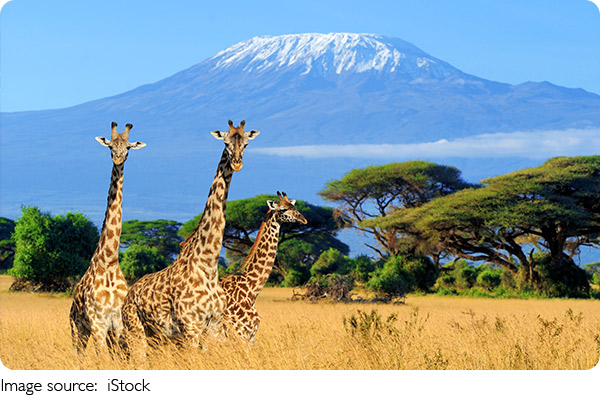Giraffe Neck Language

Ever watched two giraffes swing their necks like sledgehammers at each other and thought, What on earth is going on? It's not just a fight—it's communication. And the long neck isn't just for grabbing leaves from tall trees.
Surprisingly, giraffes have built an entire body language system around their necks. From subtle social cues to dramatic neck battles, these tall creatures are far more expressive than most of us realize.
Let's zoom in on the quiet, yet powerful world of giraffe "neck talk"—and what it reveals about how they live, connect, and sort out their social lives.
1. The Myth of Silence: Giraffes Are Not Mute
For a long time, people assumed giraffes were nearly silent animals. After all, we rarely hear them make noise. But research has shown that giraffes do produce low-frequency vocalizations, especially at night—so low, in fact, that humans can't always hear them.
But what's even more fascinating is that giraffes rely heavily on non-verbal communication, especially using their necks. Their gestures and movements say more than a hundred sounds could.
2. Necking Isn't Just for Fighting
When two male giraffes engage in a behavior called necking, it can look brutal—swinging their heavy necks and bony heads at one another with surprising force. But not every clash is about dominance.
Researchers have found that not all necking ends in a winner and loser. Sometimes, especially among young males, it's more like a sparring match or even a way to bond.
1. Light sparring can be playful.
2. Intense necking determines mating rights.
3. Observing each other's strength builds social rankings.
In short, giraffe neck battles are a mix of contest and connection—like teenage boys testing their strength in the schoolyard.
3. Neck Language in Daily Life
Beyond fighting, giraffes also use neck movements to communicate in more subtle ways.
1. Gentle neck rubbing between females is a sign of social bonding—think of it as a giraffe version of a friendly hug.
2. Mothers use neck gestures to guide and comfort their calves.
3. A slow turn or lean toward another giraffe can signal curiosity or acceptance.
These body-language cues help giraffes navigate herd life, which is more complex than it may seem. Herds aren't rigid family units—they shift and flow, with individuals choosing when to join or leave.
4. Why the Neck Took Center Stage
Darwin once suggested giraffes evolved long necks mainly to reach higher food. But recent research offers another possibility: necks evolved in part due to social and mating competition.
This theory, known as "necks-for-mating," suggests that male giraffes with longer, stronger necks had an advantage. Over generations, this may have driven necks to become both tools for survival and social power.

5. A Giant Reminder: Animals Speak Differently
We often underestimate animals because they don't communicate the way we do. Giraffes remind us that language comes in many forms—sometimes through sound, but often through movement, posture, and touch.
By learning to "read" giraffes, scientists are also learning more about non-verbal intelligence, emotional connection, and the unspoken rules of herd life. And that has ripple effects for how we design better environments for them in the wild and in conservation centers.
Next time you see a giraffe standing silently in the savanna, take a second look. Is it turning its neck slightly toward another giraffe? Is it gently brushing shoulders with a companion? Is it pausing before a head swing?
There may be a whole conversation happening—and now you know how to listen.
Have you ever noticed animals communicating in ways you didn't expect? Share your observation—we'd love to hear how the wild speaks to you.


